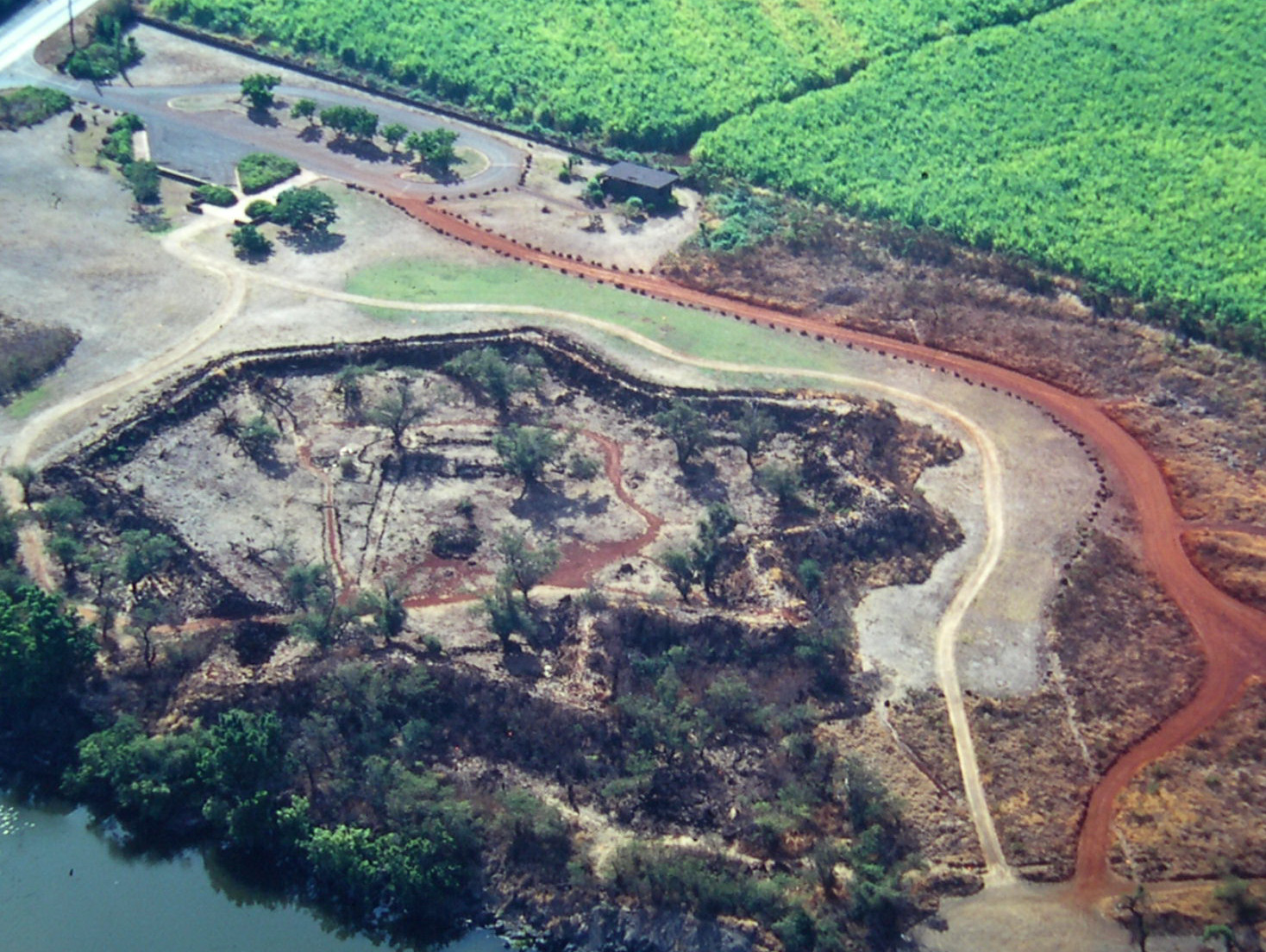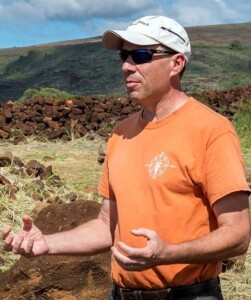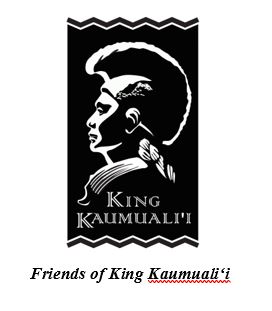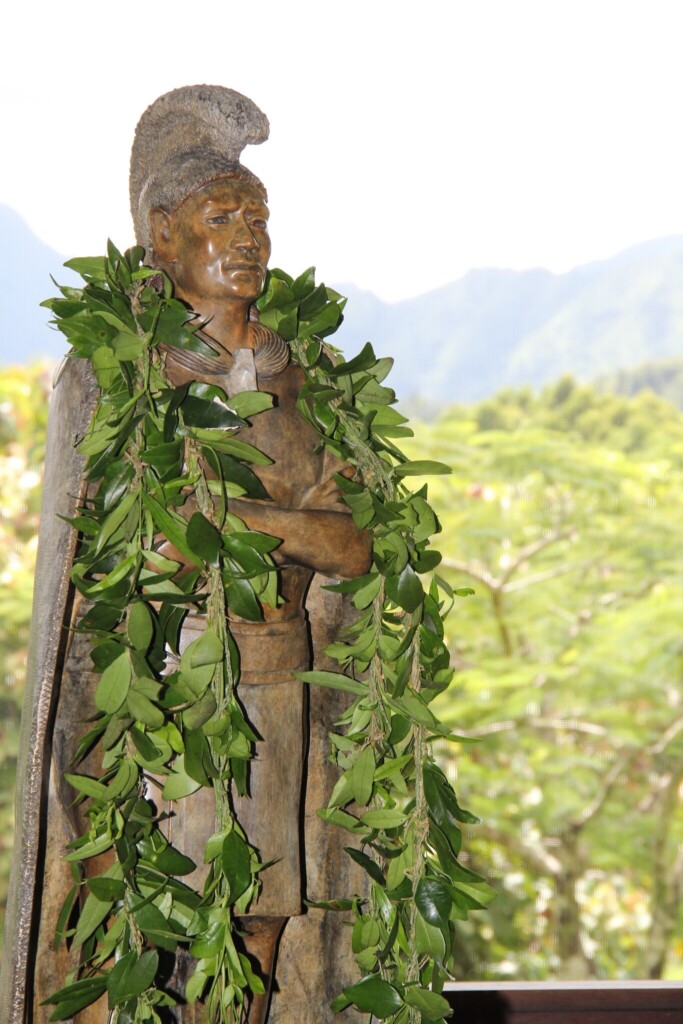
More than 300 people from the Hawaiian Islands and continental U.S. joined us on September 10th for a fascinating presentation on the complex history associated with Kaua‘i’s Pā‘ula‘ula, a significant ancestral Hawaiian site commonly known as Russian Fort Elizabeth for the last century.
View the full replay of Dr. Peter Mill’s compelling talk below.
Historic Hawai‘i Foundation in collaboration with Friends of Kaumuali‘i presents:
A Live Presentation
September 10, 2020, 4:30 to 5:30 P.M.
Dr. Peter Mills will present stories and considerations on interpreting and sharing a complex history of a significant site on Kaua‘i.
The history of Kaua‘i’s Pā‘ula‘ula, commonly known as Russian Fort Elizabeth for the last century, is complicated. The site is part of King Kaumualiʻi’s own kauhale (village) and a highly significant wahi pana. Pāʻulaʻula is a significant ancestral Hawaiian site, having been a luakini or political heiau and a royal compound for many generations before Westerners arrived. Kaumualiʻi was born at a turning point in time for Hawaiʻi, and is remembered as a wise and peaceful ruler who had a sustainable vision for Kauaʻi, and welcomed new people, cultures and ideas to our island. The fort was built by Hawaiians as part of King Kaumualiʻi’s residential compound in 1816/17, when Kaumuali’i formed an alliance with Dr. George Anton Schaffer of the Russian-American Company.
Why was Pā‘ula‘ula/Fort Elizabeth built and what role did it play on the international stage in the kingdom ruled by King Kaumuali‘i? What was the connection with the kingdom’s intrigue and politics? How does the complexity of the history and the alternative narratives associated with this site impact the efforts to document and interpret it?
These are some of the questions Dr. Peter Mills, professor at the University of Hawai‘i at Hilo, will touch on in this virtual presentation.
The talk will be followed by a Question & Answer session with the presenter.
Dr. Peter Mills is a professor of anthropology at the University of Hawaiʻi at Hilo and a recipient of the University of Hawaiʻiʻs Frances Davis Award for Excellence in Undergraduate Teaching. He earned his PhD at UC Berkeley in 1996 which focused on Pāʻulaʻula on Kauaʻi. His book, “Hawaiʻi’s Russian Adventure” (UH Press 2002) has helped place the site in a Hawaiian cultural context, and demonstrates that Hawaiians built and occupied the fort under the direction of King Kaumualiʻi as part of the king’s own residential complex. Mills serves as the director of the Heritage Management MA program at UH Hilo and has served as the President of the Society for Hawaiian Archaeology. He is the author of over 50 articles pertaining to Hawaiian history and archaeology.
Friends of King Kaumualiʻi began formally in 2012 with the mission to honor the last and great King Kaumualiʻi of Kauaʻi by erecting a life-size bronze statue of the King on a lava rock pedestal on a prepared site at Paʻulaʻula, adjacent to the Russian Fort site. Since its inception, Friends, a grassroots non-profit, has raised funds and created educational and community events on Kauaʻi annually for this purpose.
In 2018, with help from state representative Dee Morikawa, Friends of King Kaumualiʻi received a State Grant in Aid which helped tremendously toward accomplishing this goal. What began with a Marquette or 3-foot model created initially to envision this dream is now a recently completed 8-foot bronze en route to Hawai‘i from a foundry in southern California with anticipated installation this winter.
WHEN:
Thursday, September 10, 2020
4:30 p.m. to 5:30 p.m.
WHERE:
Virtual – Enjoy from the comfort of your home.
COST:
Free




